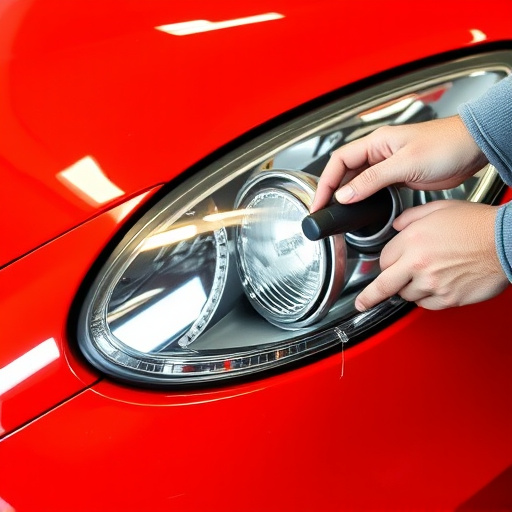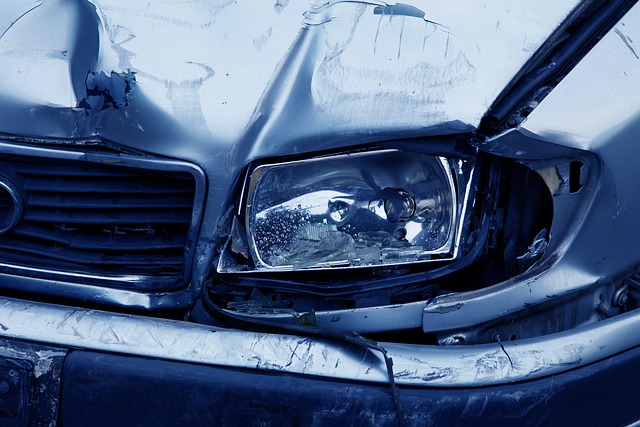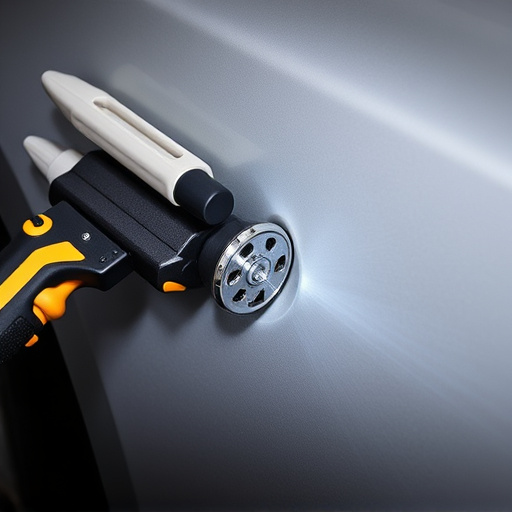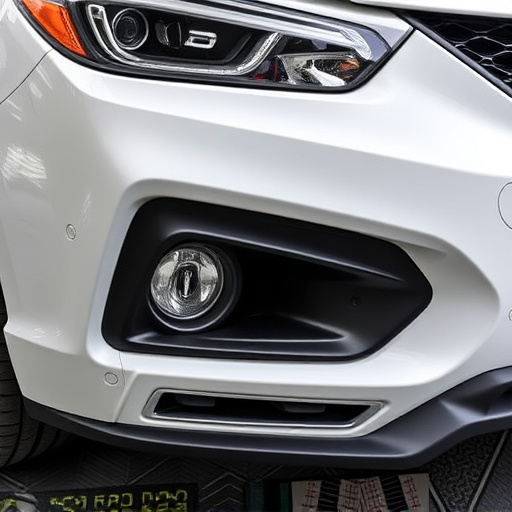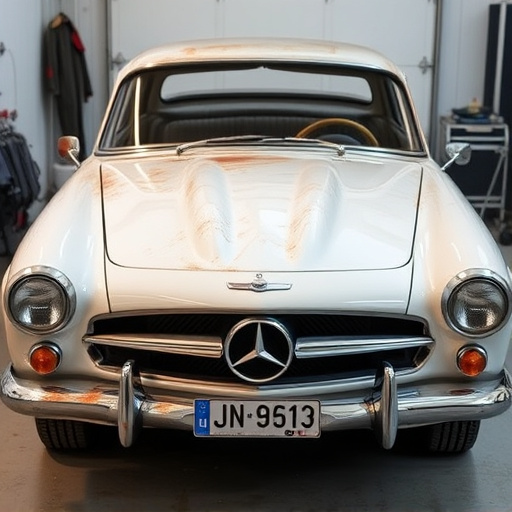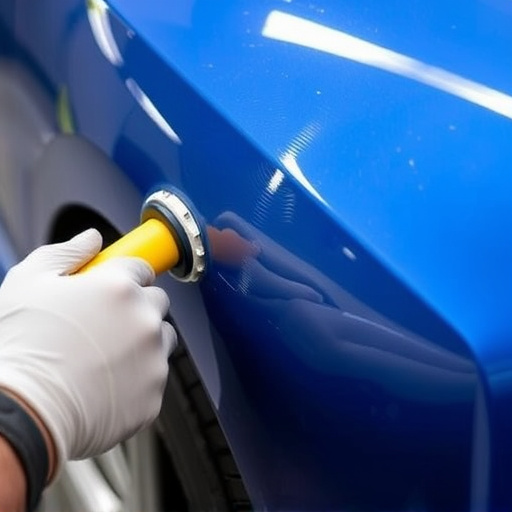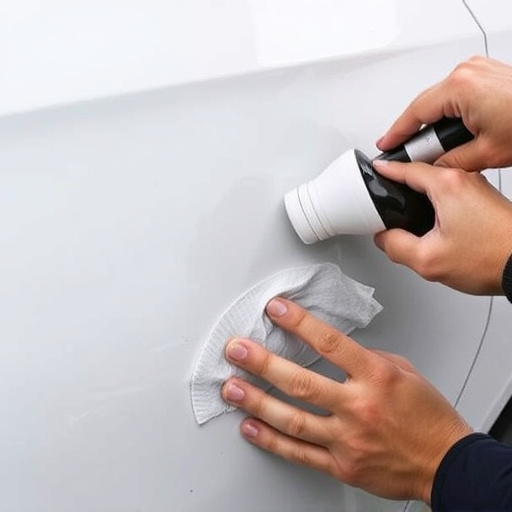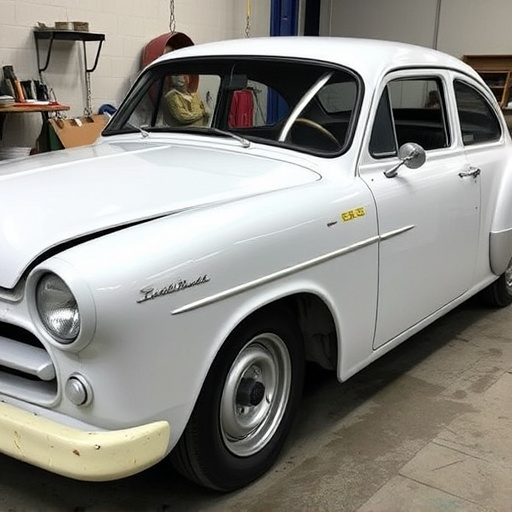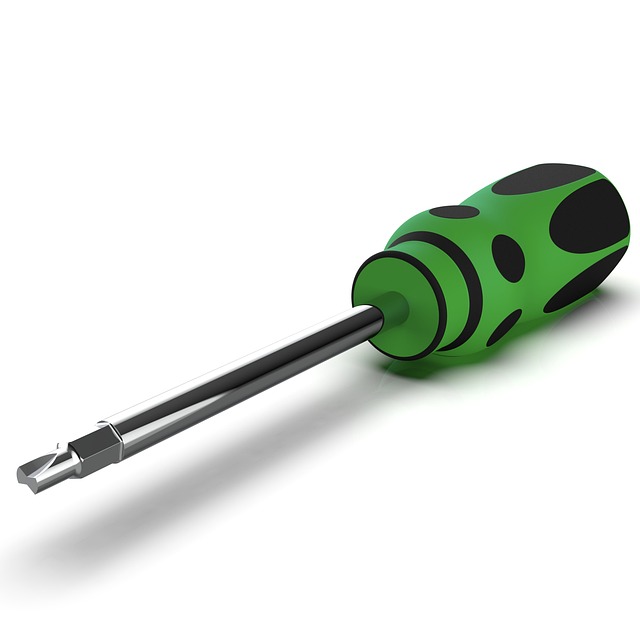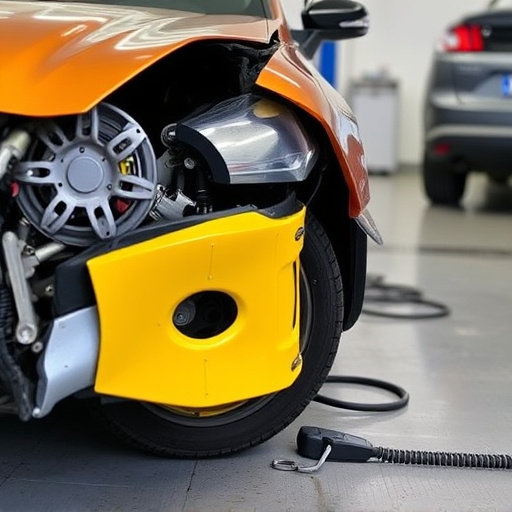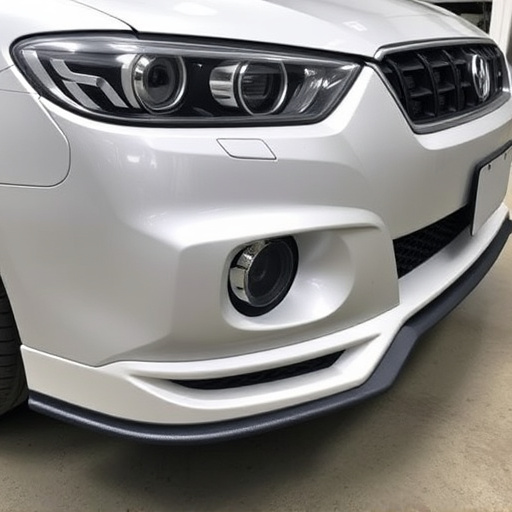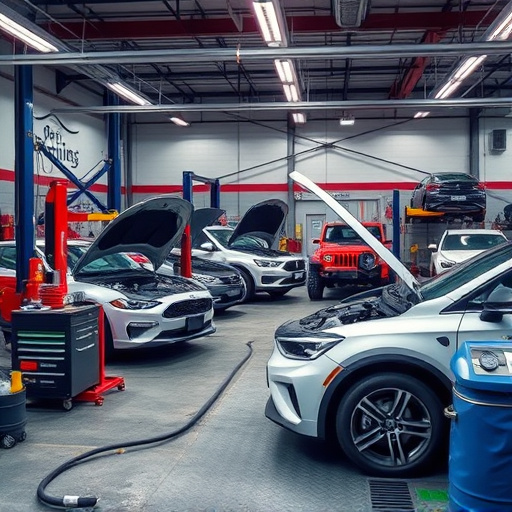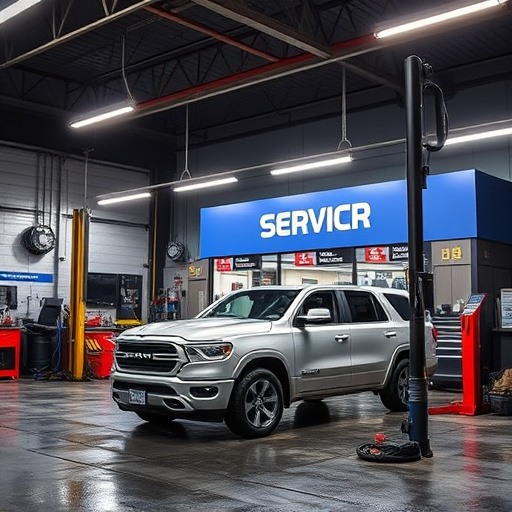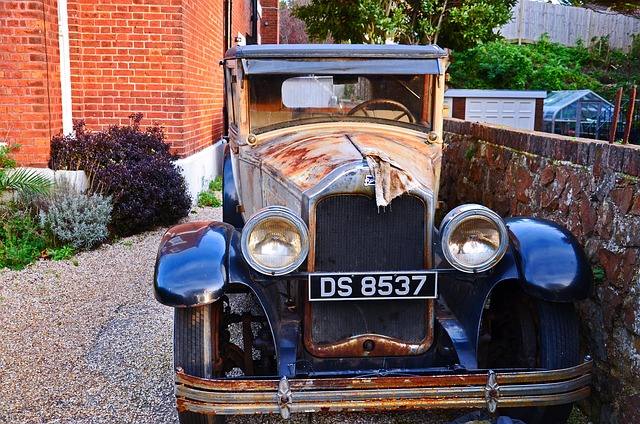A frame alignment service is a critical automotive repair that realigns a vehicle's structure for safety and structural integrity after damage or accidents, improving tire wear, handling, suspension balance, and driving performance. While aftermarket services offer flexibility and innovative techniques like paintless dent repair, adhering to Original Equipment Manufacturer (OEM) standards is essential for preserving structural integrity, safety features, and long-term vehicle value, particularly for modern vehicles with advanced safety systems.
In today’s automotive landscape, understanding frame alignment service is crucial for both vehicle maintenance and performance. This article delves into the fundamentals of frame alignment and its purpose, while exploring a key debate in the industry: aftermarket versus OEM standards. By comparing these standards, we empower car owners to make informed decisions, ensuring optimal vehicle performance and safety through the right frame alignment service choice.
- Understanding Frame Alignment Service: The Basics and Its Purpose
- Aftermarket vs OEM Standards: A Comparative Analysis
- Choosing the Right Standard for Optimal Vehicle Performance and Safety
Understanding Frame Alignment Service: The Basics and Its Purpose

A frame alignment service is a critical process in automotive repair and maintenance, ensuring the vehicle’s structure is accurately adjusted and realigned after any damage or misalignment. This service goes beyond simple aesthetics; it aims to restore the safety and structural integrity of a car, particularly after incidents like collisions or accidents. By correctly aligning the vehicle’s frame, the service helps maintain proper tire wear, enhance handling, and prevent uneven suspension, thereby improving overall driving performance and comfort.
The primary purpose of a frame alignment is to bring a vehicle back to its original factory-specified settings, which are crucial for optimal performance and safety standards. It involves sophisticated equipment and skilled technicians who measure and adjust various points on the car’s frame, including the suspension, steering, and wheel alignment. This meticulous process is particularly essential in today’s modern vehicles with advanced safety systems, as even slight misalignments can compromise the effectiveness of features like anti-lock braking and electronic stability control. Consider it a crucial component of auto detailing and collision center services, ensuring that your vehicle not only looks its best but also functions safely and efficiently on the road.
Aftermarket vs OEM Standards: A Comparative Analysis

Aftermarket frame alignment services have gained popularity as an alternative to Original Equipment Manufacturer (OEM) standards, offering a range of benefits that cater to modern car owners’ needs. While OEM parts and procedures adhere to strict factory specifications, ensuring precision and structural integrity, aftermarket services introduce flexibility and innovative techniques. These providers often employ advanced tools and methods, such as paintless dent repair, which minimizes body panel damage and leaves no visible repairs, enhancing the overall aesthetics of the vehicle.
In contrast, collision centers typically follow OEM standards for frame alignment, guaranteeing accurate adjustments to ensure safety and structural soundness. However, this approach may not always accommodate the latest advancements in car paint repair technology, potentially resulting in less subtle restoration work. Aftermarket specialists, on the other hand, can offer specialized services tailored to various vehicle models, providing a more diverse range of options for car owners seeking both functionality and cosmetic enhancements.
Choosing the Right Standard for Optimal Vehicle Performance and Safety

Choosing the right standard for your vehicle’s frame alignment service is paramount to ensuring optimal performance and safety. Aftermarket frame alignment services often offer cost-effective solutions, but they might not always meet the stringent standards set by Original Equipment Manufacturers (OEMs). OEM standards are designed to guarantee that the vehicle’s structural integrity and safety features remain intact after alignment adjustments. Opting for an aftermarket service could potentially compromise these critical aspects, leading to long-term issues.
When considering a frame alignment service, whether it’s for regular maintenance or post-collision repair (car collision repair, car paint services), remember that adhering to OEM standards is crucial. Auto painting and collision repair experts who follow these guidelines ensure that your vehicle’s framework is precisely restored to its original specifications, enhancing safety and driving dynamics. This attention to detail not only preserves the vehicle’s value but also ensures a smooth, secure ride for years to come.
When it comes to frame alignment services, understanding the difference between aftermarket and OEM standards is key. Aftermarket options often offer more flexibility and customization, while OEM standards ensure compatibility and reliability with specific vehicle models. For optimal performance and safety, choosing the right standard is crucial. By considering factors like cost, availability, and the vehicle’s make and model, you can select a frame alignment service that best meets your needs, ensuring both precision and peace of mind.
